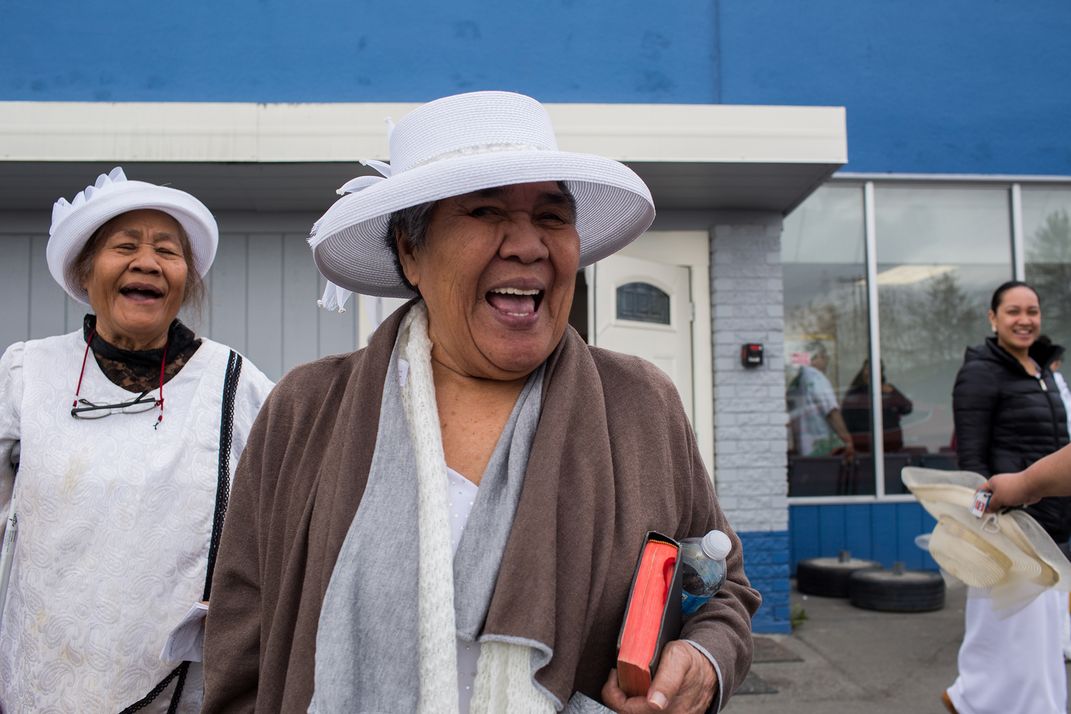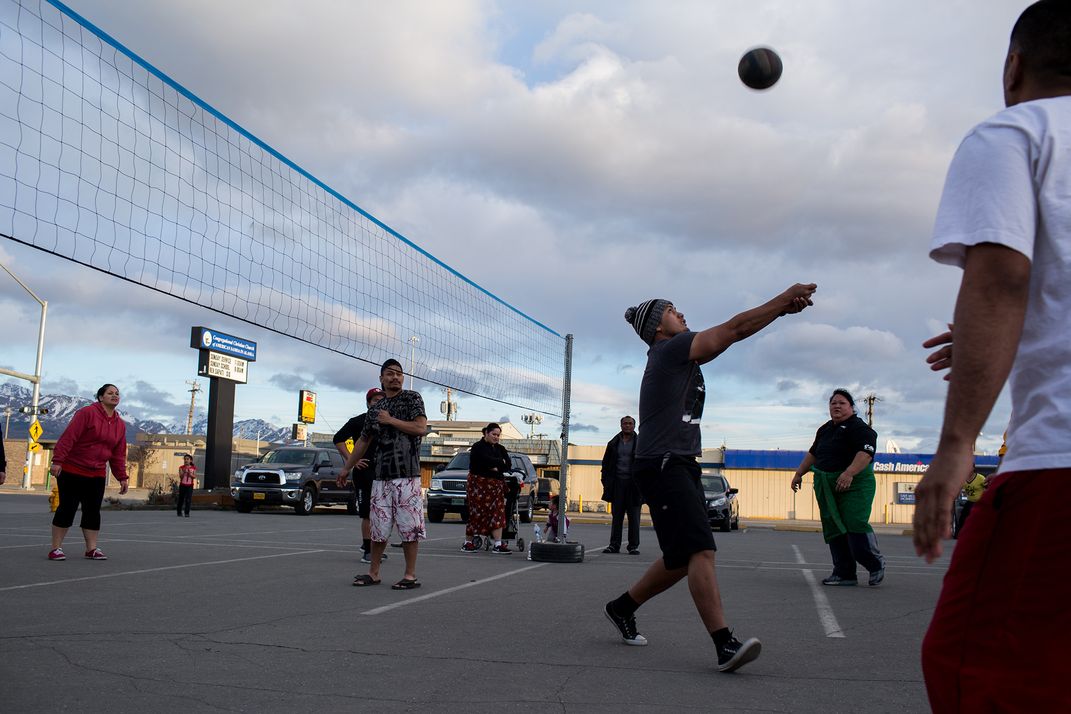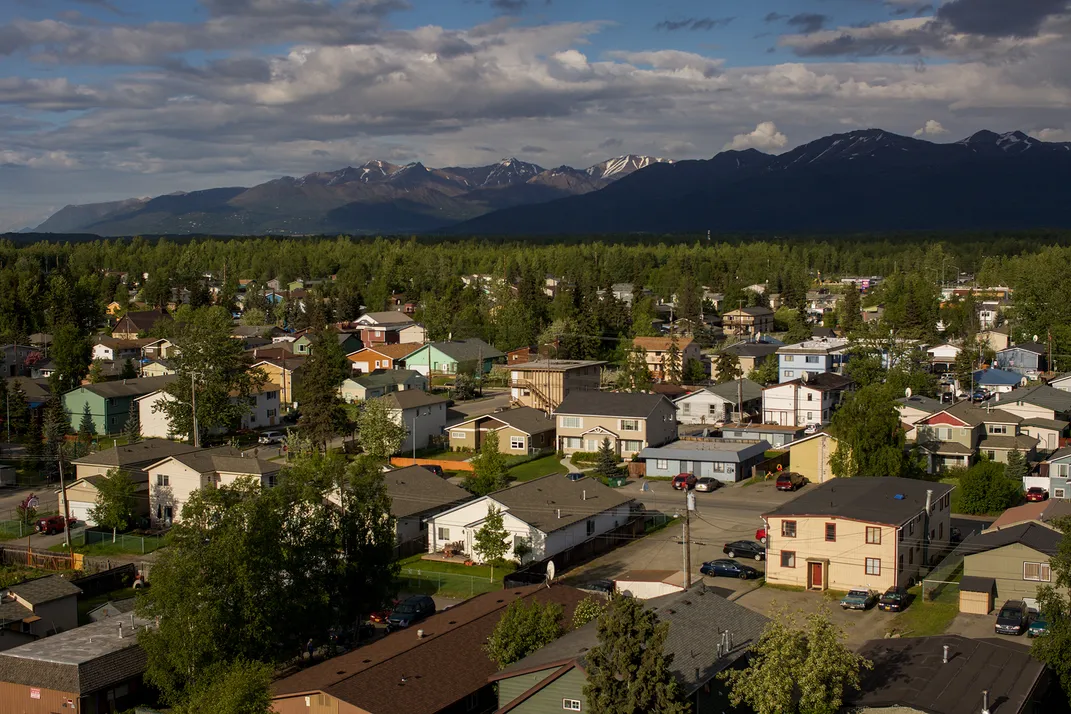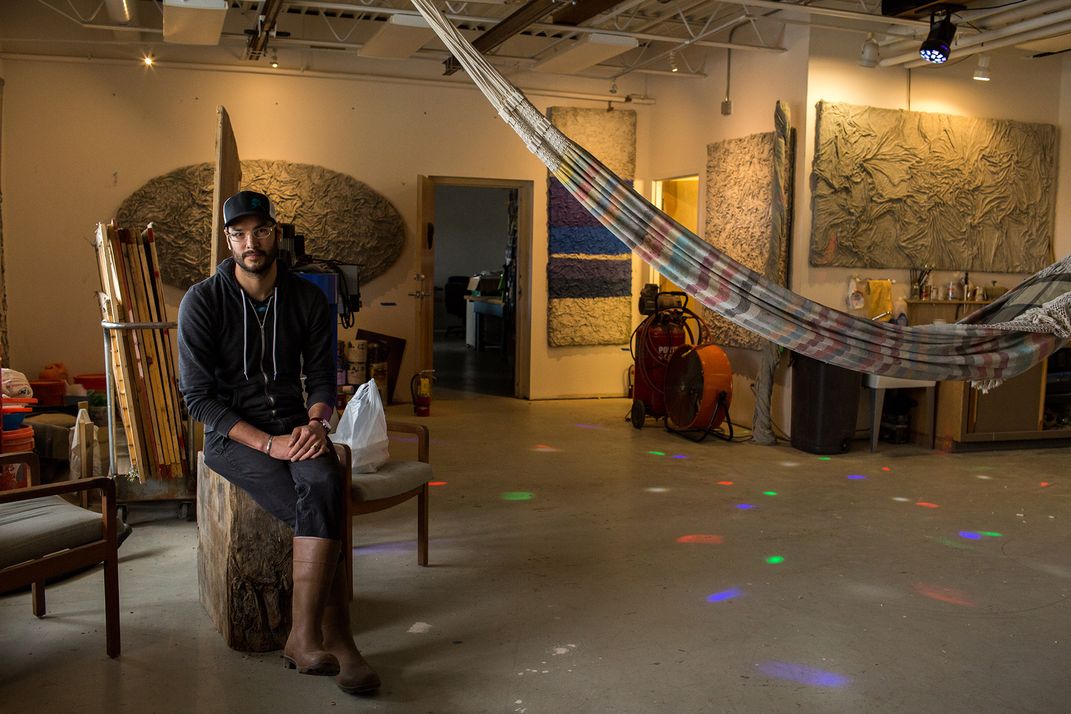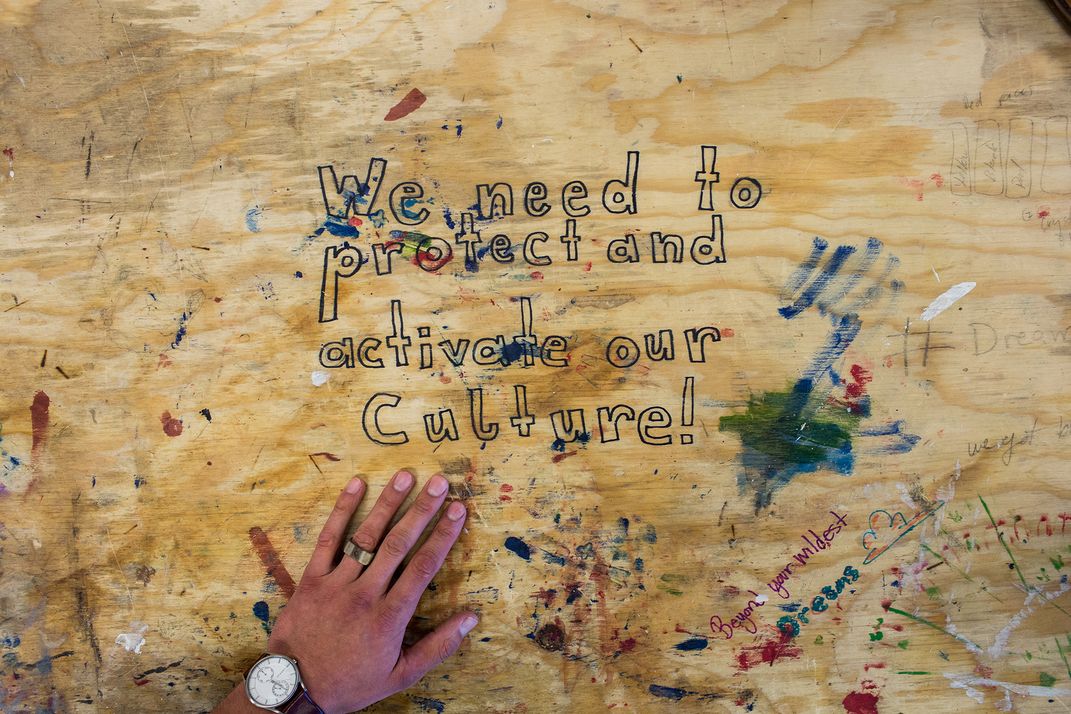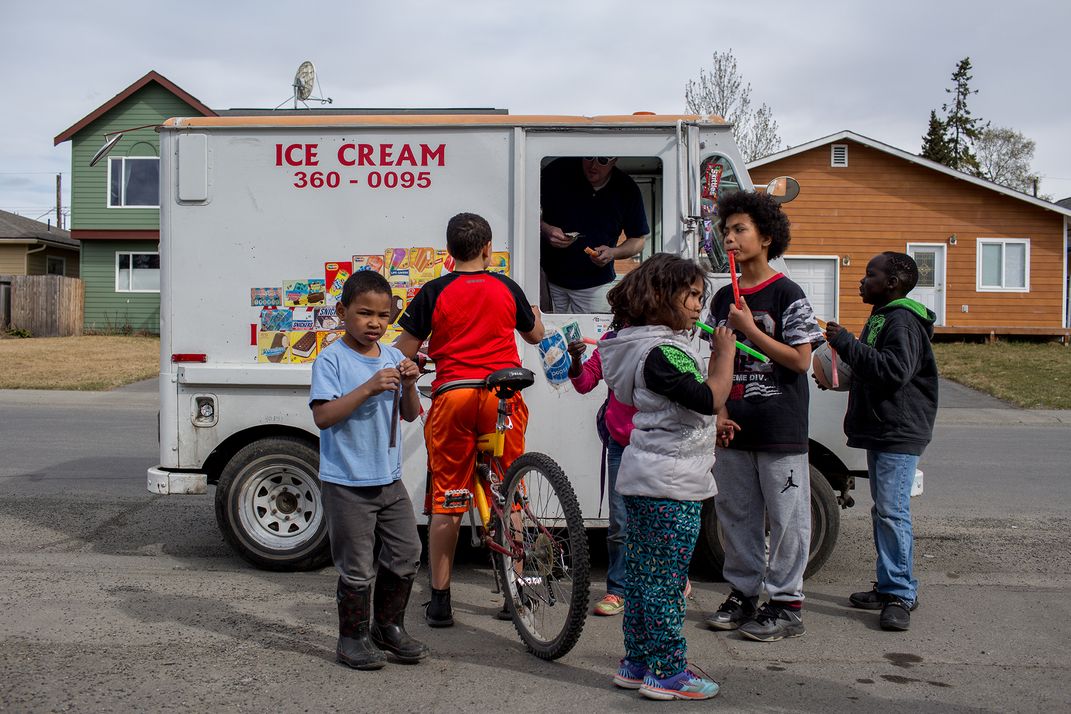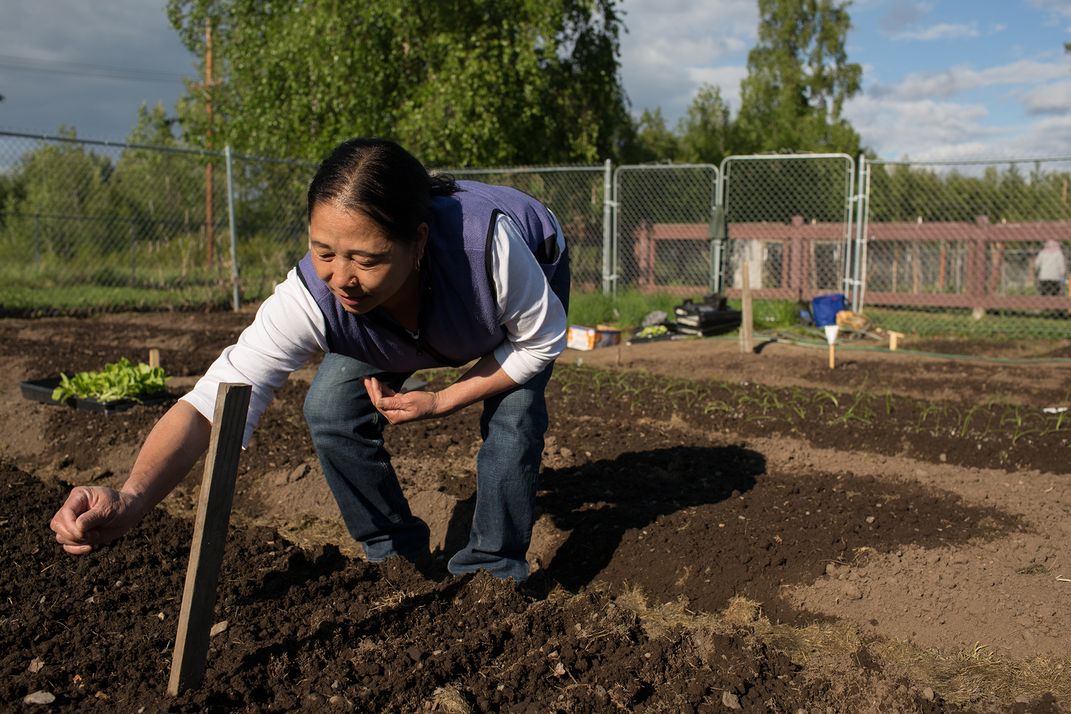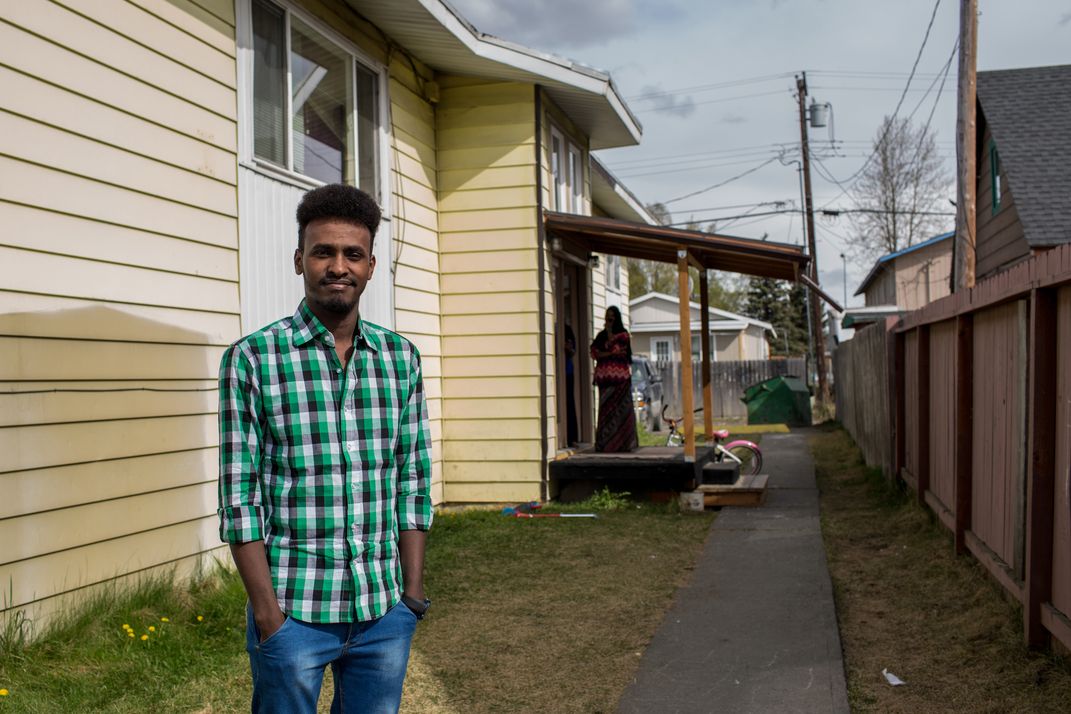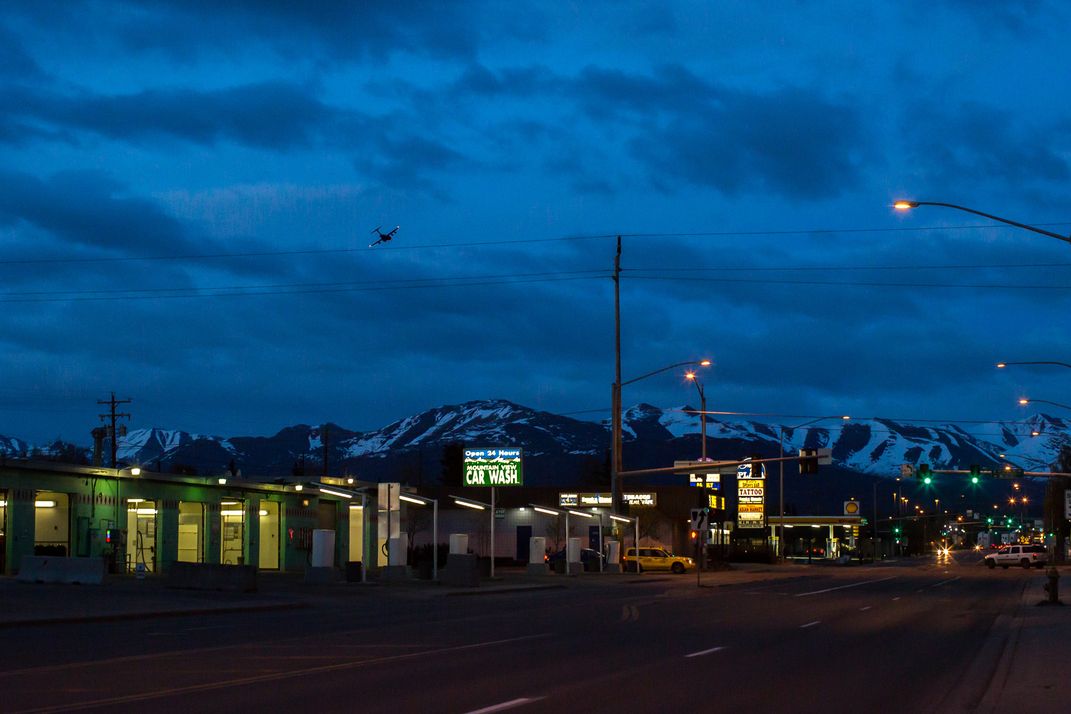The Most Diverse Neighborhood in the U.S. May Surprise You
Abundant housing and job opportunities have brought people from all over the world to Mountain View, Alaska
When Connie Tuasivi first came to Mountain View, she couldn’t help but notice all the people in the streets. Some walked down the middle of the road as if they’d never been in a city before. Some wore styles of clothes she’d never seen. Some spoke languages she’d never heard. Where had they all come from?
From all around the world, in fact.
The compact northeast Anchorage neighborhood, with a population of roughly 7,000, is extraordinary in its cultural mix. According to sociologist and demographer Chad Farrell of the University of Alaska Anchorage, it is the most diverse census tract in the United States—more so than any neighborhood in New York City or Los Angeles. “To be quite honest, a lot of people down in the lower 48 don’t believe it or have trouble believing it,” he said in an interview. “Alaska does not have a reputation for diversity.” But Farrell has crunched the census numbers. Native Americans, whites, blacks, Latinos, Asians, and people identifying as biracial are all present in Mountain View, in relatively similar proportions.
People of diverse backgrounds have been settling there for generations, often attracted by the abundant rental housing and by job opportunities, including at the nearby Elmendorf-Richardson military base. But what sets Mountain View apart from many other diverse populations is that it is also home to a significant white population and Alaskans of indigenous heritage.
Tuasivi, 23, moved to the community from Samoa last fall, seeking a fresh beginning and following in the footsteps of family members who’d been migrating north for years. Sitting on the front step of her new home in Mountain View, she watches her nieces play. She’s expecting her firstborn this October, and her sister is pregnant as well. She’s still adjusting to all the changes—the pregnancy, the long-distance move, the neighborhood—but not everything feels strange and different. There are so many familiar faces in Anchorage that some call it the second Samoa. “A lot of people from back home, we bump into each other,” she says.
**********
I moved from another Anchorage neighborhood two years ago to live in a little rental home with a big backyard in Mountain View. On my street reggaeton music blares from car speakers on summer nights, and locals include an old poet who built some of the first houses on the street in the 1940s, a Somali couple that runs the neighborhood African market, and a man who migrated to America to escape government corruption in Peru.
That flight from Peru was decades ago. After stops in New York City and Seattle, Paul Santillana eventually landed in Mountain View, where he raised a son. Now 76, he owns apartments in the neighborhood and is building a new duplex in the same spot where his family once lived. The neighborhood has problems with poverty and crime, he says, but things are getting better. He likes it here. This is the land of opportunity.
Around the corner, 22-year-old Abdirizak Abdi shares a crowded apartment with his mother and eight siblings. Born and raised in Jijiga, Ethiopia, he first came to America in 2015 with the help of the United Nations Refugee Agency and went to work at a fish-processing plant in Akutan in the windswept Aleutian Islands. Now moving back and forth between Mountain View and Akutan, he dreams of his fiancée, oceans away. One day he’ll return to Jijiga, marry her, and bring her back to Anchorage. For now, all he can do is work and wait.
“When you are a newcomer here, you don’t know nothing, [people] support you,” Abdi says. “Sometime. But not all the time.”
There weren’t many Muslims in Akutan, but Mountain View, Abdi says, is different. Other families from Ethiopia live next door and up the street. Around the corner Muslims celebrate Eid al-Fitr at the Mountain View Community Center, and there is halal food at the local Red Apple or the Juba Market across the road.
Although they draw curious and loyal customers from all across Anchorage, Mountain View shops and restaurants mirror the neighborhood around them. Tuasivi was pleased to discover that the Mekong Restaurant served cabbage and lamb the Samoan way. Red Apple sells all the snacks from back home—including fluorescent orange Bongos, the cheese-flavored chips her nieces love so much. Her homeland is more than 5,000 miles from Alaska. But when she craves comfort food, she can find it in Mountain View.
With Sasha Ingber.
Planning Your Next Trip?
Explore great travel deals
Smithsonian magazine participates in affiliate link advertising programs. If you purchase an item through these links, we receive a commission.
